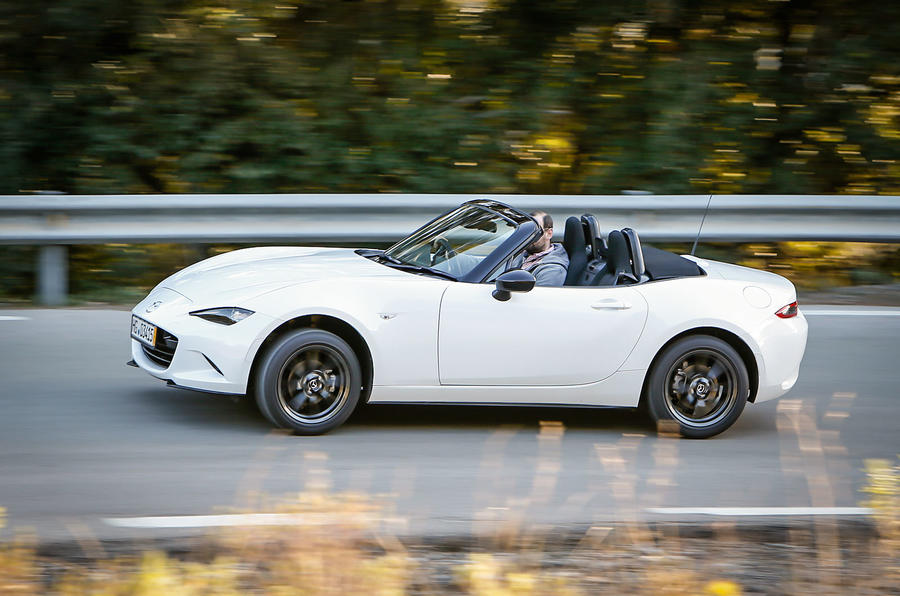
Did you know that, back in the 1980s and 1990s, Mazda was the official Citroën importer into Japan?
No, neither did I. This delightful nugget was unearthed while researching a number of articles exploring Mazda’s 100 years of history. Anyway, think about the Japanese firm’s dabbles with the Double Chevron for a moment and you’ll realise that it’s actually rather fitting.
You see, back then Citroën was still something of an engineering iconoclast, with its hydropneumatic suspension the crowning achievement of the decades it spent daring to be different. Fast forward a few years and there’s an argument that Mazda has inherited the French firm’s eye for innovation, not to mention its independent spirit.
Features such as its novel Skyactiv-X engine that combines compression and spark ignition, its bespoke-built i-Stop start/stop system or mooted Wankel range-extender are prime examples of a company that insists on doing things its way.
Perhaps the boldest of Mazda’s moves, particularly for a brand so publicly dedicated to driver thrills, is its decision to steer well clear of driving modes. It doesn’t matter how hard you look, in any o fits new generation cars you won’t find even so much as a Sport button in any of its cars, let alone any touchscreen submenus that offer you a seemingly endless list of on-the-fly customisation options for every dynamic parameter.
Nope, Mazda has refused to be drawn into this marketing-led clamour, preferring instead to follow its Jinba Ittai philosophy, which roughly translates as ‘driver and machine working as one’.
Essentially, anything that changes or dilutes that relationship is judged to have a detrimental effect on the driving experience, or so the theory goes. In a nutshell, Mazda believes that if you nail the basic calibration of all the major controls, they should work well everywhere, whether you’re scything around a circuit or carving up the daily commute. Cook well with the finest and freshest ingredients and you shouldn’t need numerous sauces and condiments to enhance the taste.
Does it work? On the whole, yes. It’s most obvious on the MX-5, a car that seems right from the moment the wheels start moving, but you get similar sensations in the other cars, from superminis to SUVs. Perhaps they aren’t all the last word in precision, but they all feel natural and are rarely out of step with the road or your driving mood.
Crucially, it’s the ability to simply prod the starter button and begin driving that comes as a refreshing tonic when viewed against the current backdrop of ever increasing complication. Want an example? Well, the Hyundai i30 N boasts more than 4000 possible driver configurable options. Four. Thousand. I mean, who has the time? And the latest Volkswagen Golf GTI Clubsport now has a Nürburgring mode, which recreates the exact set-up that allowed it to set an arbitrary lap time on 21-odd kilometres of German asphalt you’re quite likely never to turn a wheel on.
It all looks impressive on paper but, be honest now, who doesn’t have a play in the first few kilometres before sticking the thing in Normal or Comfort and never thinking about it again?
Whichever way you look at it, there’s a compelling honesty and simplicity to Mazda’s approach. It’s also a reminder of how this small company refuses to bow to convention, even when it might make more financial sense to follow the herd. Vive la difference, as they might have said in the Hiroshima headquarters 30-odd years ago.
James Disdale



